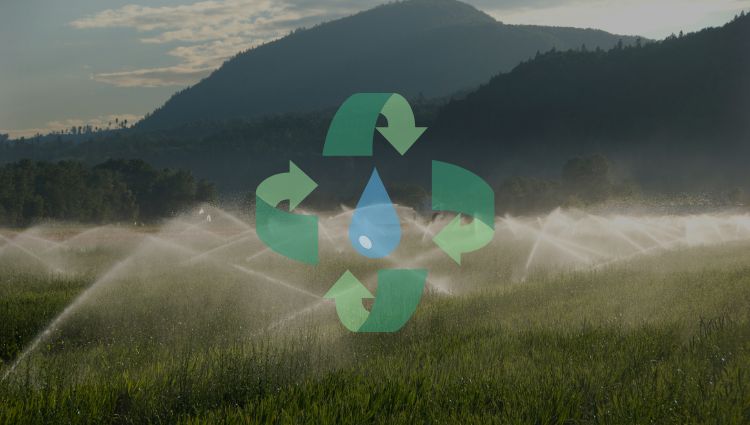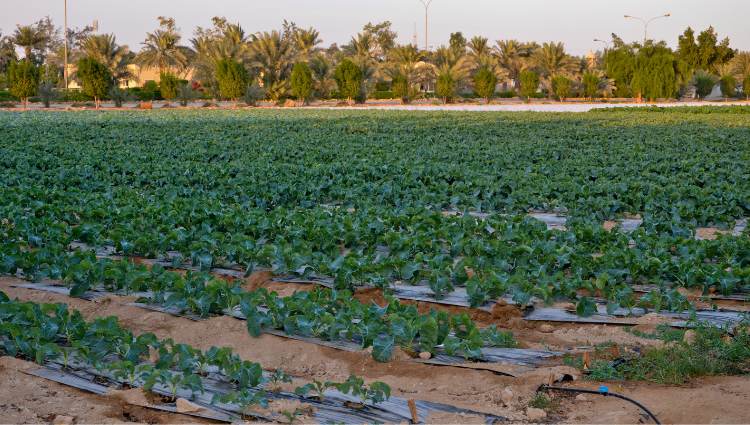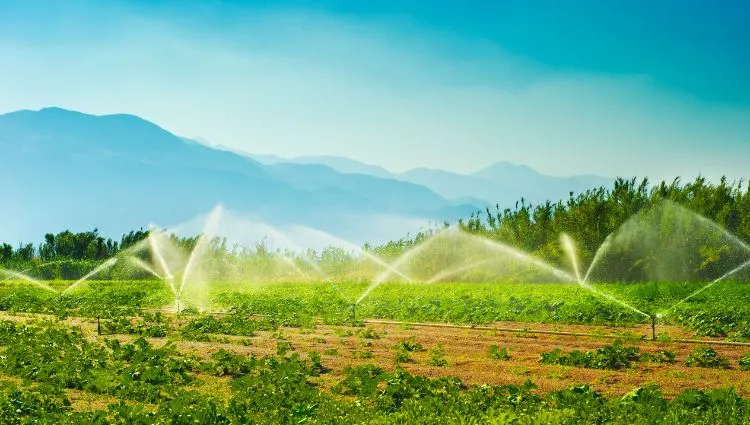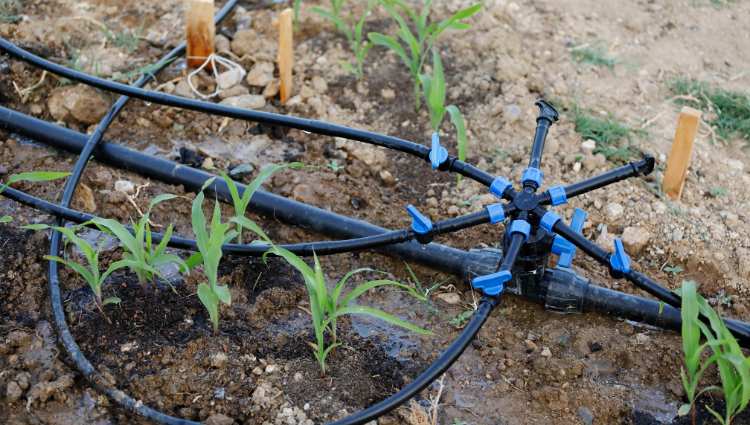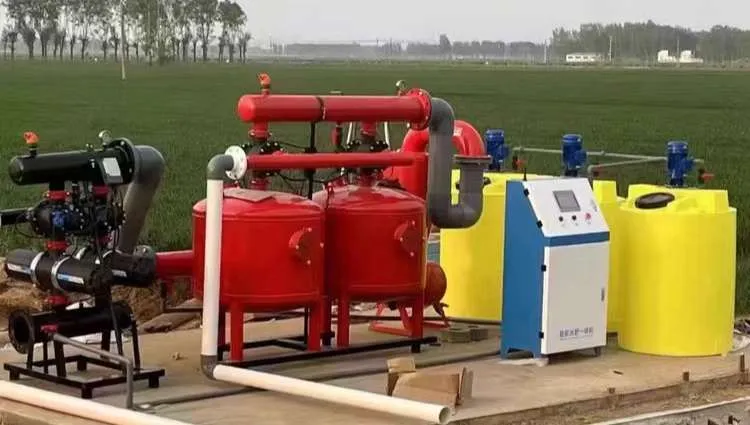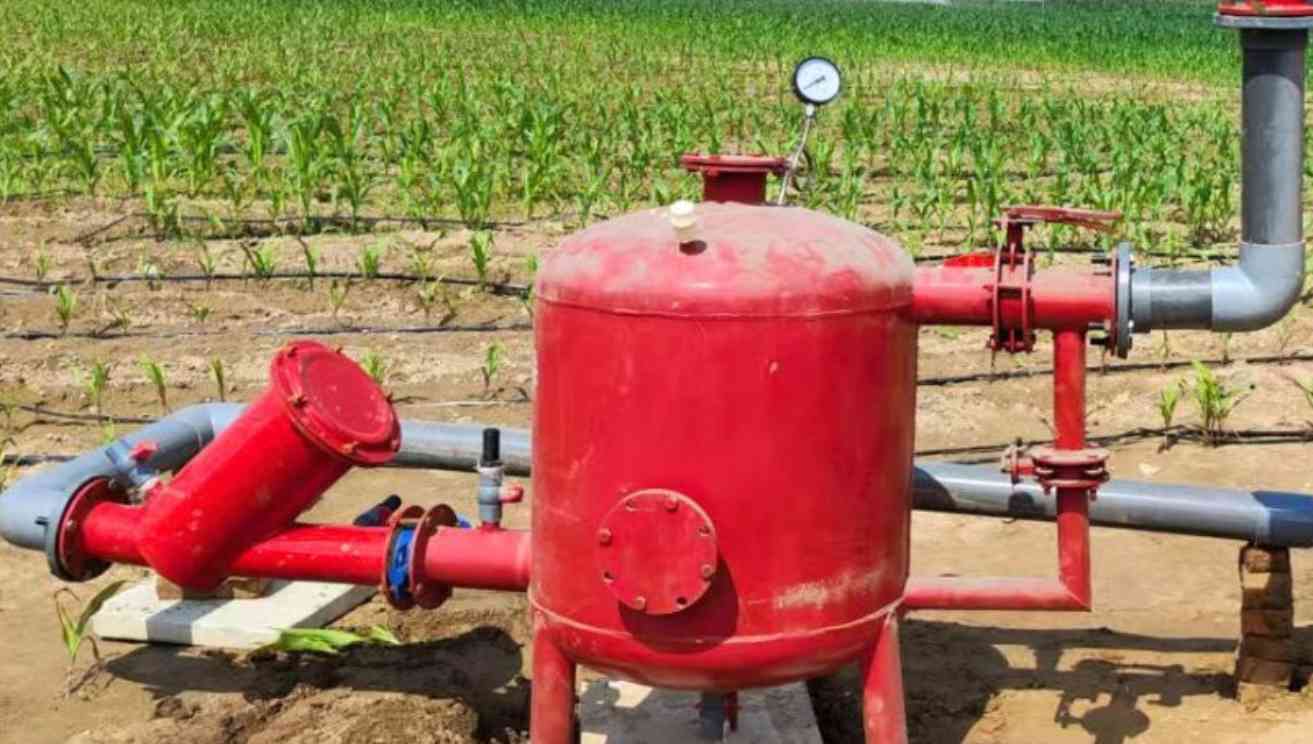Mục lục
In the field of agricultural irrigation, there is a special form of irrigation known as greenhouse irrigation.
Nói chung, agricultural cultivation is carried out outdoors, but this method heavily relies on the natural growth patterns of crops. In order to change the growth cycle of crops and plants, greenhouses came into being. In fact, they are a form of indoor irrigation, allowing control over light, air humidity, temperature, và hơn thế nữa. By using them, people can artificially modify and adjust the environment and climate to suit crop growth, thus achieving the goal of off-season cultivation.
Greenhouse cultivation changes the growth cycle of crops, allowing consumers to enjoy non-seasonal fruits and vegetables at any time of the year.
Greenhouse farming involves a variety of different irrigation methods and technologies. This article will introduce these methods to the reader one by one.
Flood Irrigation
This is the most traditional irrigation method—just divert the water directly into the greenhouse. Although this method is simple and rough, and doesn’t require much investment in irrigation equipment, it has many disadvantages. It wastes a lot of water resources, easily causes high indoor humidity, and can trigger pests and diseases. Ngoài ra, it causes soil compaction, reduces soil aeration, and can lead to plant death due to poor root ventilation.
For greenhouse cultivation, it’s actually an irrigation method where the disadvantages outweigh the benefits. Vì thế, it has basically been phased out, and many regions no longer use this technique.
Furrow Irrigation
Furrow irrigation is an improved version of flood irrigation. Workers need to dig channels, then direct water into the greenhouse, where it flows along the furrows. The disadvantages of this method are similar to those of flood irrigation: large water volumes, easy water waste, soil compaction, reduced soil aeration, increased humidity, and higher chances of pests and diseases.
So, this irrigation method also has a low cost-performance ratio.
Thủy lợi nhỏ giọt

Drip irrigation is a relatively popular water-saving irrigation method. It introduces water through pipelines to areas near the plants, and then uses drippers, arrow drip stakes, and other products to evenly and precisely deliver water to the plants.
Its features include low water usage, steady water flow, effective reduction of soil compaction, and significantly lowered humidity in the greenhouse. It is now a very popular irrigation method among farmers.
Tưới nước tưới

Sprinkler irrigation is also a water-saving technology. By installing sprinklers and spray heads on pipelines, water can be sprayed out like rainfall. The spray effect can be adjusted, including spray distance and water volume. Some spray heads can even achieve misting effects.
The advantages of sprinkler irrigation are similar to those of drip irrigation: low water usage, reduction of soil compaction, better root aeration for crops, and controlled indoor humidity levels.
Subsurface Irrigation
This method is commonly used in arid areas with water shortages. The working principle is to bury perforated pipes underground, allowing water to be delivered directly to plant roots, thereby conserving water resources.
It ensures that humidity does not increase after irrigation, reducing the risk of pests and diseases. Tuy nhiên, it also has its downsides. Since the pipes are buried underground, clogging can easily occur. Also, the pipes cannot be easily moved, and maintenance or replacement is inconvenient.
Plastic Mulch Drip Irrigation

Plastic mulch drip irrigation is a type of drip irrigation. It involves laying mulch film over the vegetation in the greenhouse, and placing drip lines or drip tapes with emitters underneath the mulch. These can supply water one-to-one to each plant.
This method not only greatly reduces water waste, but also, thanks to the mulch cover, helps reduce water evaporation, prevents increased humidity in the greenhouse, and lowers the risk of pests and diseases.
Although plastic mulch drip irrigation is relatively complex, it is a very effective water-saving irrigation technology.
Lời cuối cùng
This article introduced six types of irrigation methods used in greenhouses. Each method has its own characteristics, but if you ask which irrigation method is the best, then without a doubt, it is drip irrigation and sprinkler irrigation. Because they not only provide the necessary water and nutrients for the off-season growth of vegetables, fruits, and flowers, but also effectively save water resources—they are truly representative of modern water-saving irrigation technologies!
Cuối cùng, please allow me to introduce our company. Rainfaun là nhà sản xuất sản phẩm tưới tiêu có trụ sở tại Trung Quốc. We produce and export products such as tưới nhỏ giọt Và sprinkler systems, bao gồm van tưới nhỏ giọt, phụ kiện tưới nhỏ giọt, đường nhỏ giọt, băng nhỏ giọt, ống nhỏ giọt, mũi tên nhỏ giọt, vòi phun nước, vòi phun nước siêu nhỏ, súng mưa, bộ lọc, valves, đặt ống phẳng, Phụ kiện ống PVC, phụ kiện PP, Phụ kiện ren BSP, and so on. You can find information về Rainfaun Và sản phẩm của chúng tôi trên trang web này.
If you would like to cooperate with us, Bạn có thể Bấm vào đây to fill out the form.
Tác giả: Michael
Biên tập viên: Michael
Người đánh giá nội dung: Michael

